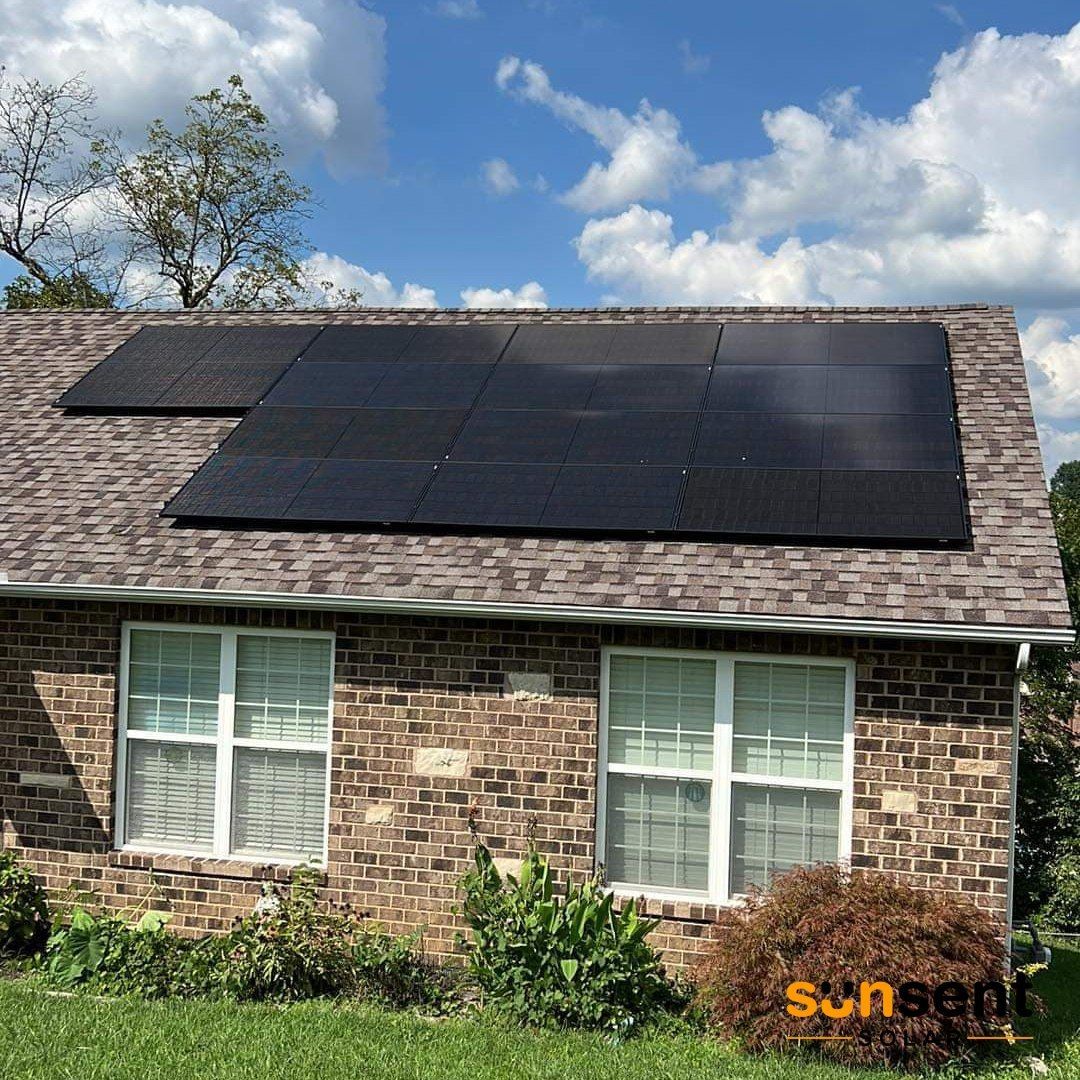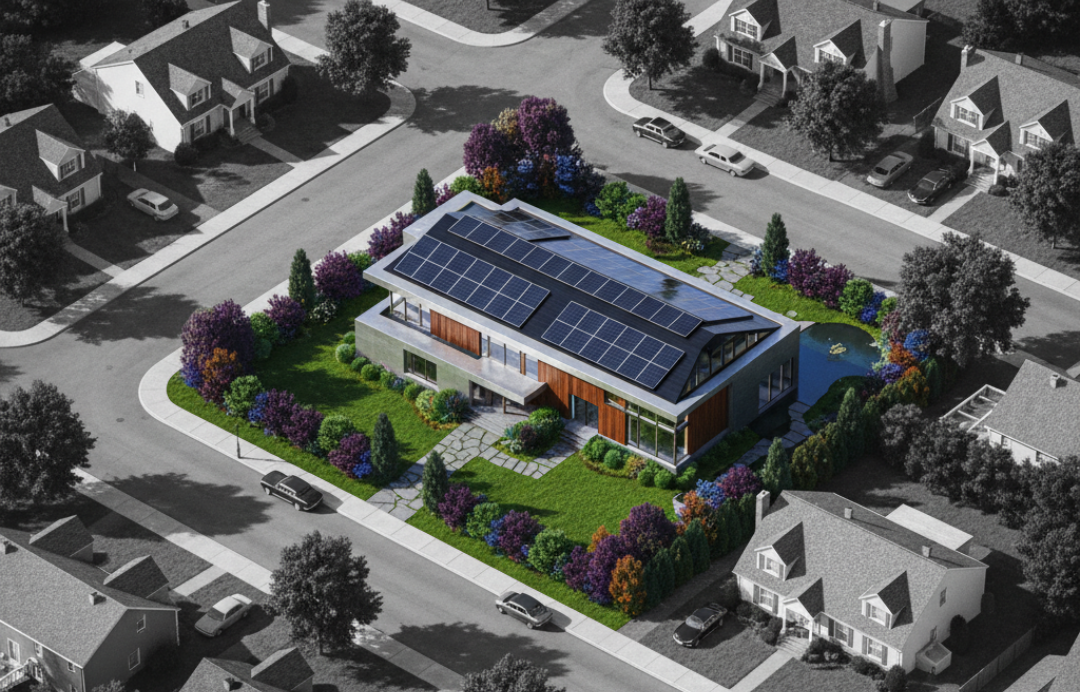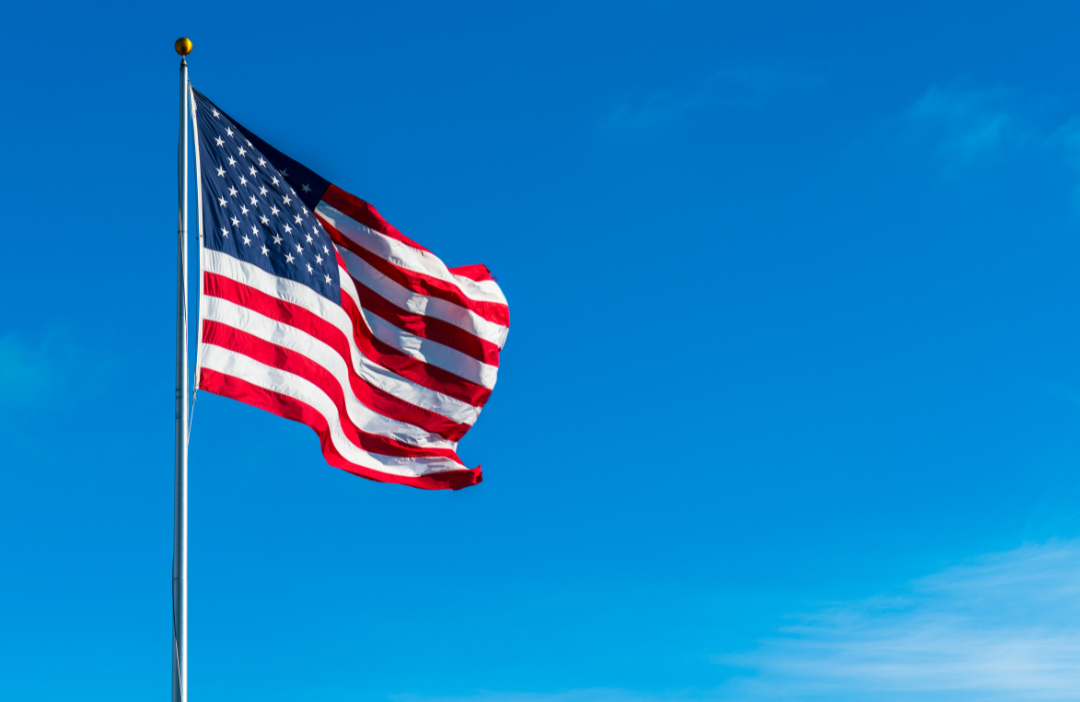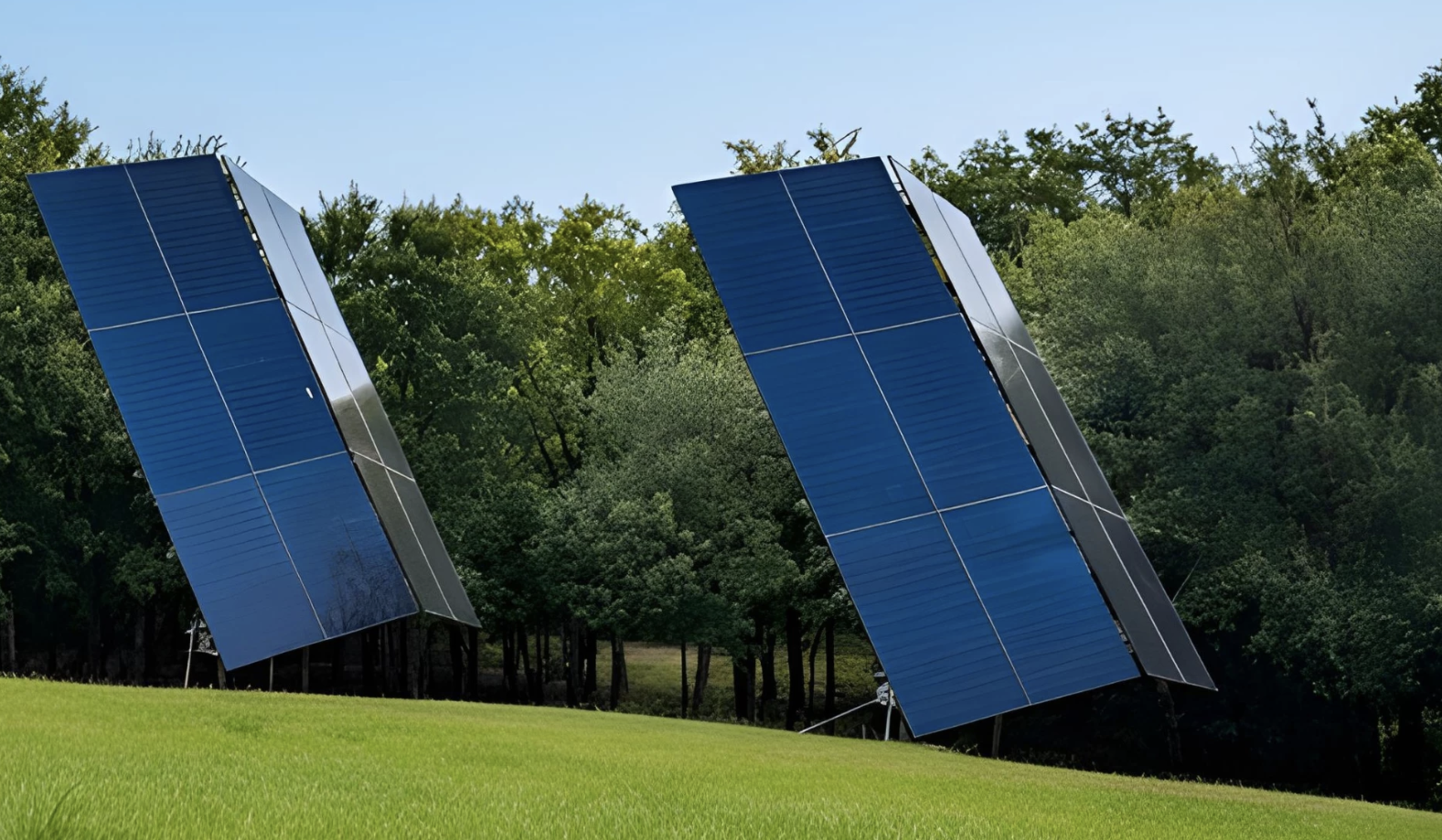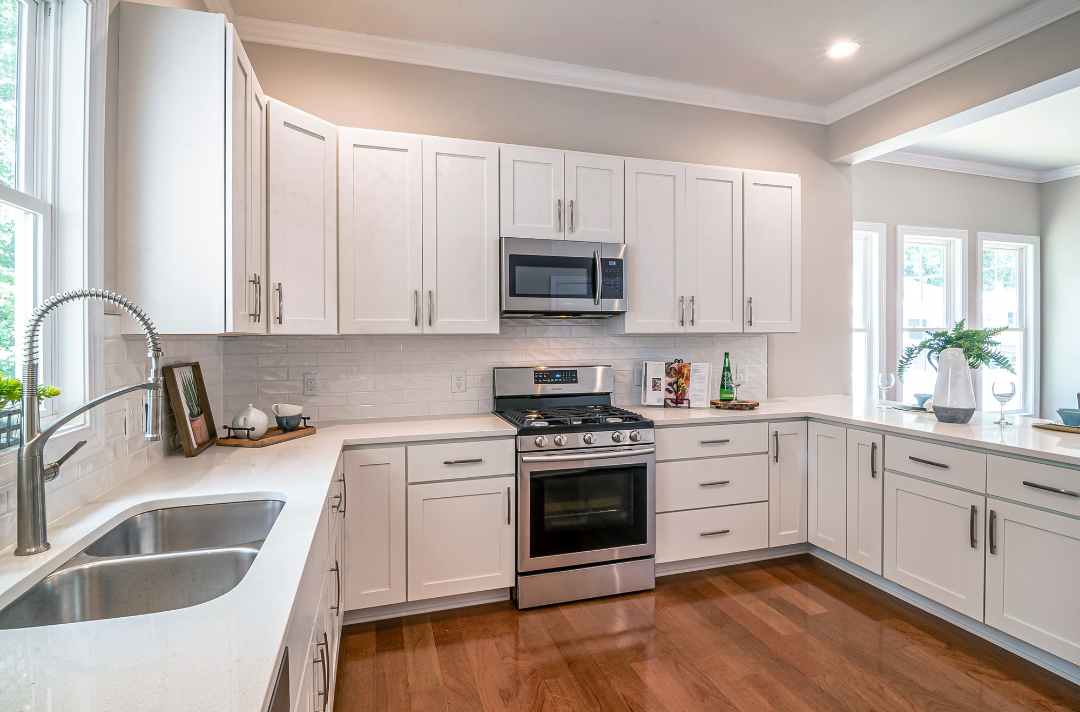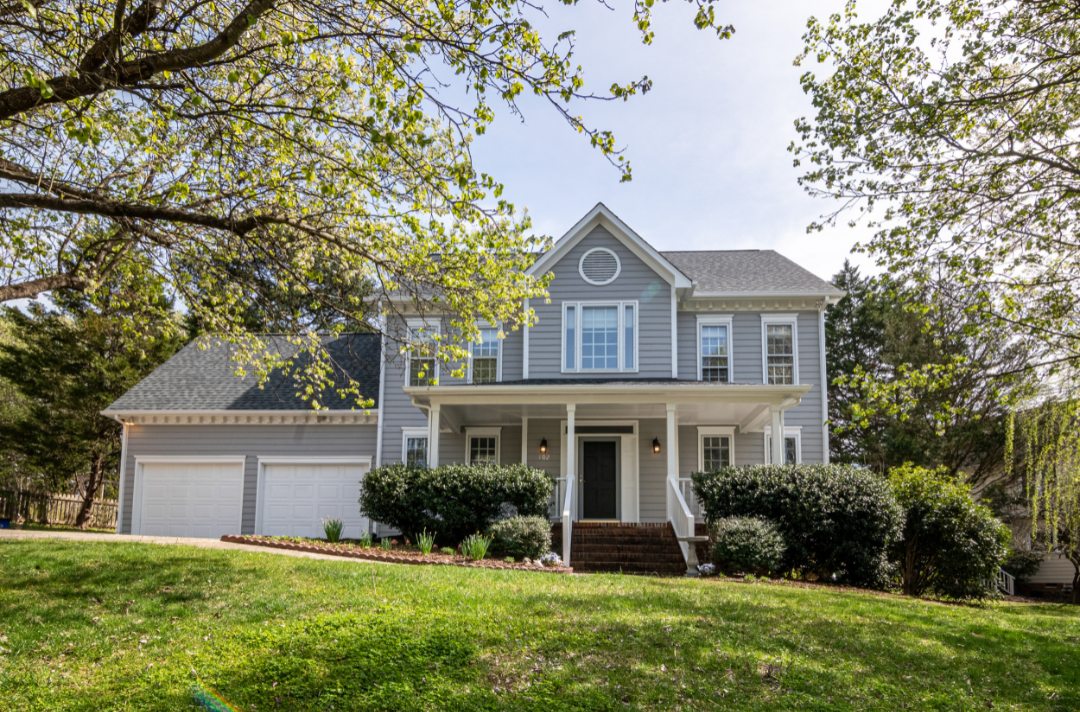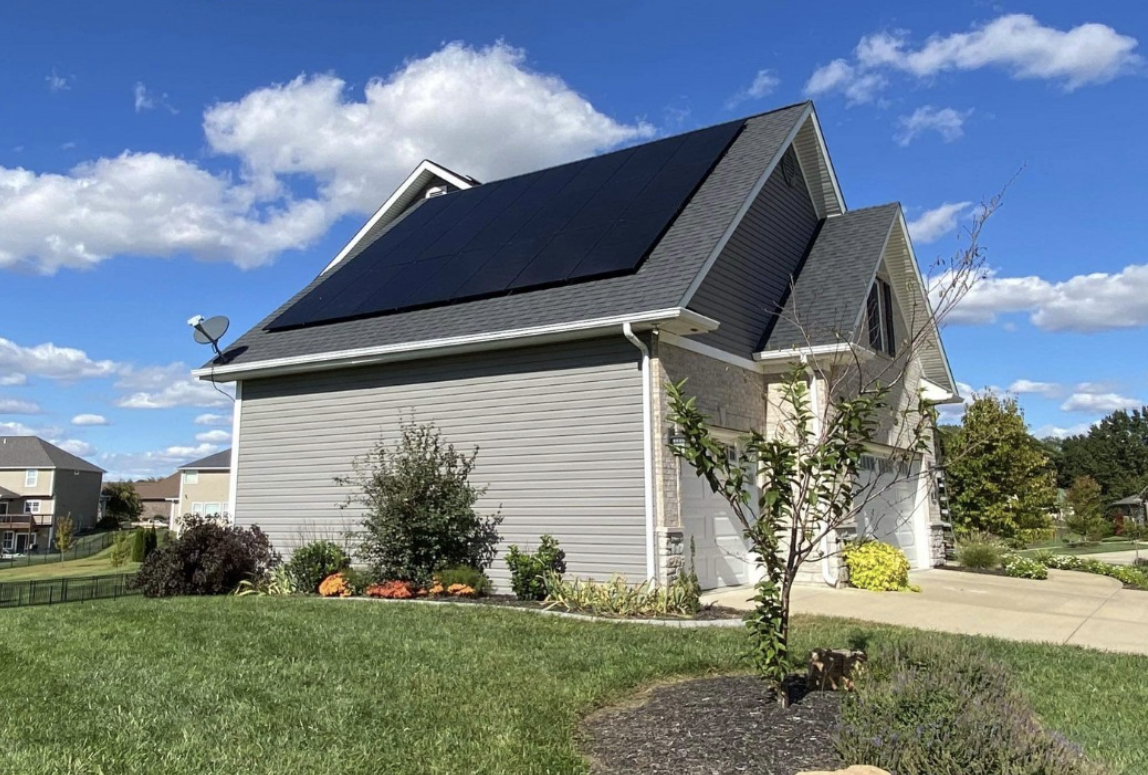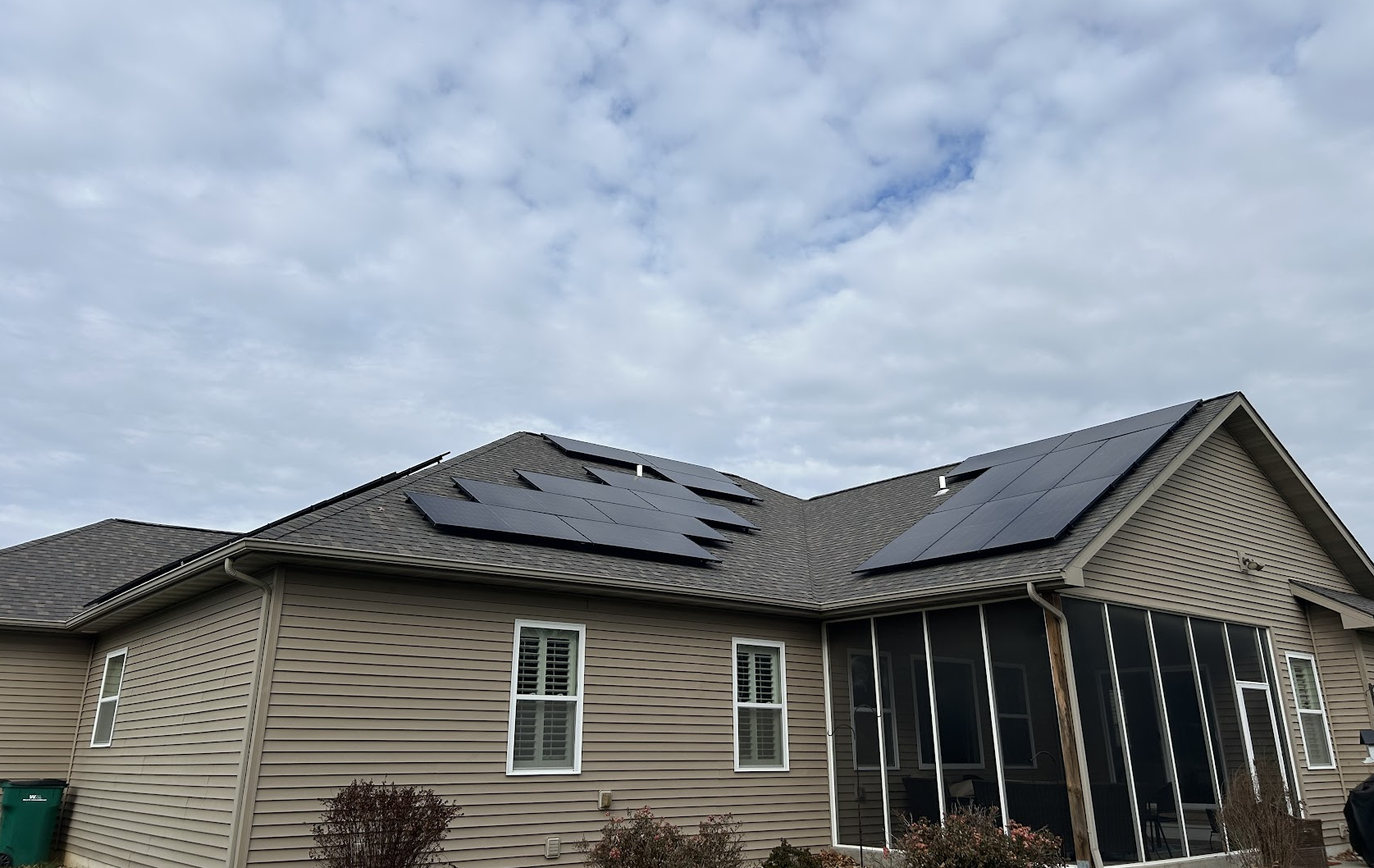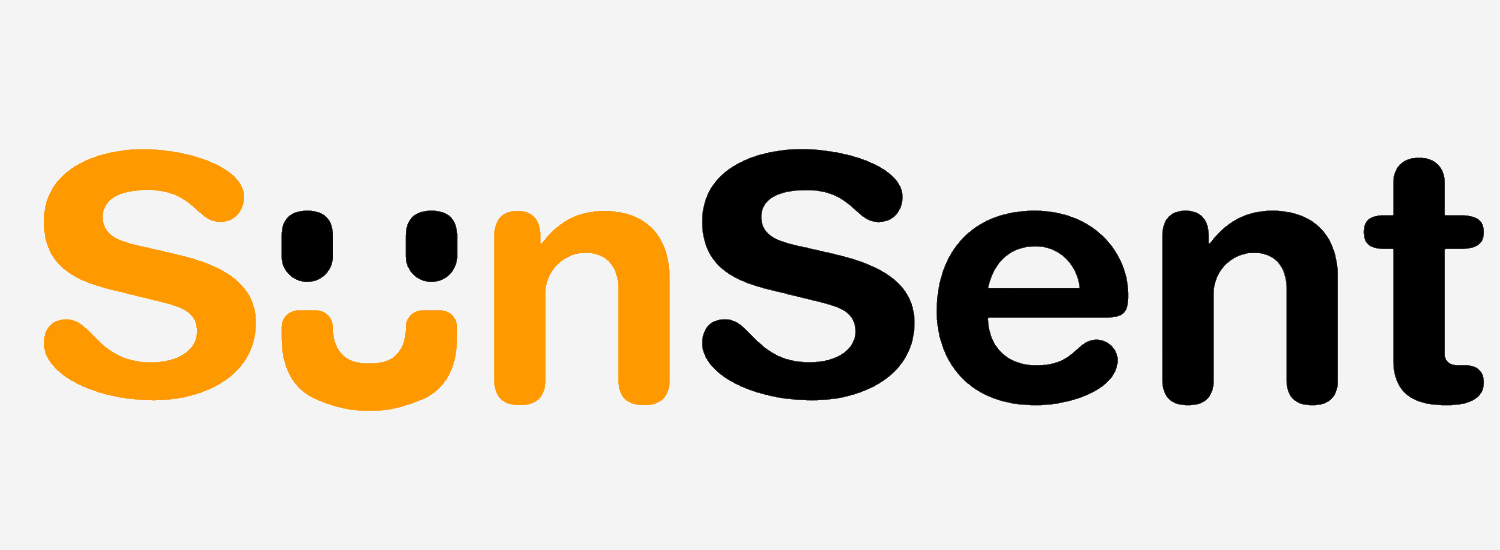Turn Your Roof into a Cash Machine: Commercial Solar in the Midwest
As a business owner in the Midwest, you constantly seek ways to cut operational costs, hedge against rising inflation, and increase your property’s value. Your biggest, most underutilized asset may be right above your head: your massive, empty commercial roof.
At SunSent Solar, we don't just see a roof; we see an opportunity. We see a path to converting passive overhead costs into a guaranteed revenue stream. Commercial solar is no longer a green initiative—it is arguably one of the most reliable, high-yield solar investment strategies available to modern businesses.
SunSent Solar is the Midwest's go-to for turning your business into a cash machine. Here is why now is the perfect time to make that move.
The Financial Firewall: Protecting Your Bottom Line
The primary, immediate benefit of a commercial solar system is financial security. Solar allows you to take control of what is often one of your top three operating expenses: electricity.
1. Drastically Reduced and Eliminated Bills
Commercial facilities, especially manufacturers, warehouses, and cold storage units, have high energy demands. By installing a Midwest solar installation, you instantly generate your own power, drastically cutting your utility expenses. Most businesses can slash their electrical overhead by up to 75% or more.
2. Hedging Against Inflation
Utility electricity costs are volatile and constantly rising. By investing in solar, you lock in your energy cost for the next 25-30 years at nearly zero. When electricity rates inevitably increase, your savings accelerate, essentially giving you a powerful hedge against inflation and providing predictable business cash flow.
3. High Return on Investment (ROI) and Short Payback
A commercial solar system offers an ROI that consistently outperforms traditional investments like the stock market.
- Average ROI: Commercial solar projects in the Midwest frequently see an Internal Rate of Return (IRR) in the range of 10% to 20%.
- Payback Period: Thanks to robust incentives, the break-even point for a typical commercial solar installation in the Midwest often occurs between 3 and 6 years, with the rest of the system's 25+ year life being pure profit.
Maximize Your Profit with Powerful Federal Incentives
The Federal Solar Tax Credit (Investment Tax Credit or ITC) is a game-changer for businesses, often covering a significant portion of the solar panel cost.
- The Federal ITC: Businesses can claim a tax credit equal to 30% or more of the total cost of the installed solar system, reducing their federal tax liability dollar-for-dollar. Bonus credits are often available for projects that meet certain domestic content or location requirements, potentially raising the ITC to as high as 50%.
- Accelerated Depreciation (MACRS): The government allows businesses to deduct the cost of the solar system (after the ITC deduction) over an accelerated five-year schedule. This can account for an additional 25% to 35% of the total system cost in tax deductions.
- REAP Grants: For qualifying rural businesses and agricultural producers, the USDA's Rural Energy for America Program (REAP) can offer grants covering up to 40% of the project cost, which never needs to be repaid.
When combined, these incentives can reduce the net out-of-pocket cost of a high-quality Midwest solar installation by more than 50%, accelerating your Commercial Solar ROI.
Midwest Case Study: Turning Overhead into Value
Consider a well-known Midwest example: a water cooperative in Illinois that installed a ground-mounted solar array on a small piece of land.
- Project Size: Approximately 1.6 acres of land.
- Annual Production: Expected to generate around 423,000 kWh annually.
- Energy Savings: Reduced electricity costs by approximately $17,000 in the first year alone.
- Total Incentivized Value: Factoring in the ITC and state-specific incentives like SRECs (Solar Renewable Energy Credits), the project achieved a combined 15-year value of over $600,000.
This demonstrates that even a relatively small commercial solar project can generate a powerful, predictable revenue stream that far outpaces traditional business growth, all while securing energy independence.
Beyond the Money: Corporate Benefits
- Increased Property Value: A commercial property with an owned solar array is viewed as an appreciating asset. Lower energy bills boost the Net Operating Income (NOI), directly increasing the property's market value, often by more than the solar panel cost.
- Energy Resilience: Commercial operations cannot afford power outages. Paired with solar battery storage, a solar system ensures your critical systems—from refrigeration units to data centers—stay operational during grid failures, protecting you from lost revenue and damaged inventory.
- Enhanced Brand Image: Consumers and business partners increasingly prioritize sustainability. A highly visible solar system demonstrates a tangible commitment to reducing your carbon footprint, boosting your brand image, and attracting environmentally conscious customers and top-tier employees.
Ready to Convert Your Roof to a Profit Center?
Don't let that huge empty roof sit there, doing nothing. SunSent Solar is the specialized Midwest Solar Installation expert that understands the complexities of commercial projects—from specialized roofing systems to maximizing federal and state incentives.
Ask us any questions. We will figure out the most financially advantageous path to turn your business into a cash machine.
FAQ: Commercial Solar for Businesses
Q: What is the average payback period for a commercial solar system?
A: The average payback period for a commercial solar system in the Midwest is generally between 3 and 6 years, due to the rapid recouping of costs through the Federal Solar Tax Credit (ITC) and accelerated depreciation.
Q: How does accelerated depreciation work for commercial solar?
A: Through the Modified Accelerated Cost Recovery System (MACRS), businesses can deduct a large percentage of the system's cost (after the ITC) from their taxable income over a short period (typically five years), providing a massive benefit to business cash flow right after installation.
Q: Can commercial solar systems protect my business from power outages?
A: Yes. When combined with a large-scale solar battery storage system, a commercial solar array can operate as an independent microgrid, ensuring your business maintains energy independence and critical operations remain online even when the utility grid fails.
Q: My business is in a rural area. Are there special incentives?
A: Yes. Businesses in rural areas may qualify for the USDA's Rural Energy for America Program (REAP) grants and loan guarantees, which can cover up to 40% of the commercial solar project cost in the form of a non-repayable grant.
Ready to see your business's custom ROI? Contact SunSent Solar today for a complimentary commercial solar analysis!
